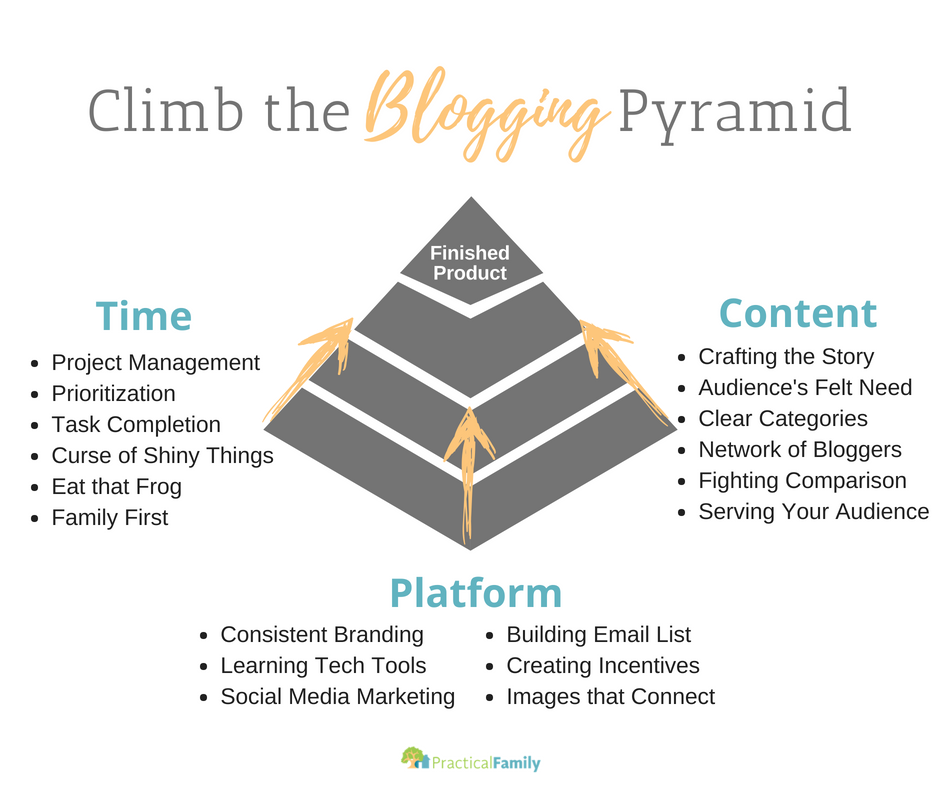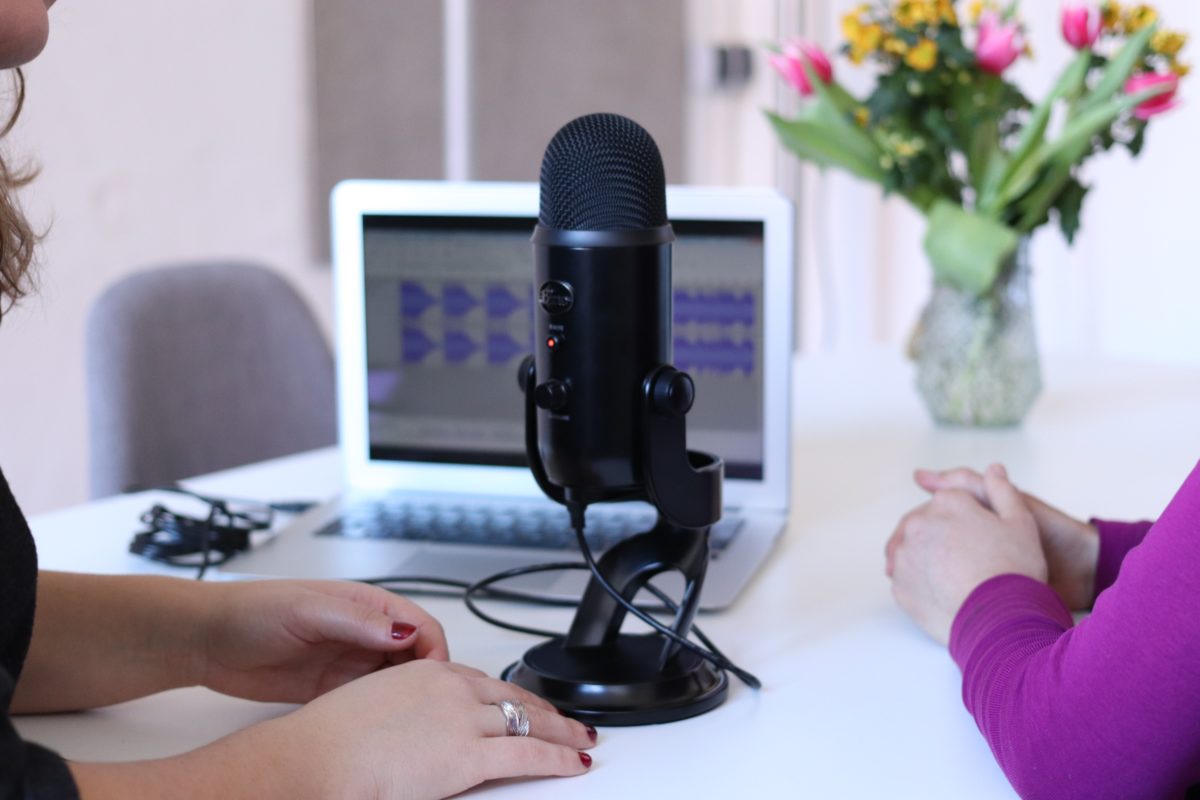Disclosure: This post contains affiliate links. Links that are clicked from our page that may eventually lead to a purchase will render a small commission to our family which will help to support this blog.

Platform
Every blogger is a communicator, and every communicator needs a platform – a stage, if you will. Somewhere to project the message they are sharing so people will listen.
Newspaper use to be the main platform for influencing the masses before the Industrial Revolution churned up new interest in electronic communication. Now that we have the world wide web and social media, communicators need to learn the new tools of technology in order to be effective in today’s culture.
Here are the main things you need to think about when setting up a web-based platform.
Consistent Branding
Your color schemes, fonts, and images need to complement the feeling you’re trying to go for, and be applied in consistent ways. You can build these things into your theme and also use free online programs like Canva or PicMonkey to help you design images that stand out. Take a look at color theory and learn how to choose colors that will make your brand stand out online. Here is a Brand Style Guide to help inspire you in the direction of your blog.
Learning Tech Tools
This is possibly the biggest learning curve when attempting to communicate a message online. You know your stuff, and now you have to learn how to make it look good and send it out to the right people.
Good news: you don’t have to learn a complicated computer code to build your own website! While there are a few options out there to create beautiful sites quickly, I strongly suggest that you go with WordPress, and self-host your site with WP Engine.
One of the best tools for getting familiar with WordPress is These web-based video tutorials helped me to learn everything I needed to about operating WordPress and how to customize it’s tools to best represent my blog.
EXCLUSIVE OFFER: Get 82% off WP Academy here only through Practical Family! and type in PRACTICALFAMILY as your coupon code and get the best deal ever on this amazing program!
Social Media Marketing
Think about your website as the home base of your message, and social media like Facebook, Instagram, Twitter, Pinterest, LinkedIn, and others are spaces to share pieces of that message in order to bring people back to base.
If you don’t share your message in these spaces, nobody will know you exist! Learn more about how to promote your blog on social media.
Building Email List
Setting up an email list that you communicate with regularly is one of the most important tools for reaching your audience. You have more control over these emails than with social media, especially because outside sources are prone to changing algorithms and choose what they allow people to see.
When someone allow you to email them directly, it’s the beginning of a trust relationship that you can nurture over time. The longer someone follows the valuable content you are producing, the more likely they are to recommend you as a trusted resource to their friends. Common email programs:
MailChimp
(FREE up to 2,000 subscribers)
Convert Kit
(Starting at $29 / month)
Aweber
(Starting at $19 / month)
Infusionsoft
(Starting at $50 / month)
Creating Incentives
You will need your email list to gain a loyal following, and offering incentives to your followers will help them to remember you and keep them coming back. Offer them things of value, like free PDF downloads of your content, devotionals, printable checklists, or access to exclusive content on your site.
Also known as “lead magnets” or “opt-ins,” these freebies will help your audience trust that you’re the real deal and not just trying to make a quick buck off of them. If you’re a new blogger, offer everything for free. It’s better to build that relationship first when they know you’re willing to be generous. These links should always lead them to sign up for your email list where you will continue to nurture that relationship.
Images that Connect
Along with consistent branding, you will need to be selective about photos on your site. If your colors are light, go with photos that have a light background. Even if you like the subject matter and the photo background is dark, it will throw off the vibe of your post or page.
Another rule of thumb if the photo has people, choose photos where they are not looking directly into the camera. It’s a bit psychologically intimidating when eyes are staring back at you on the screen.
Use your own photos as much as possible if you want your audience to connect with you personally. Otherwise, stock photos are a good option, but they must be royalty free images. You cannot just copy and paste from Google. That may open you up to copyright infringement.
My favorite FREE royalty-free sites / programs are: Canva, Unsplash, DepositPhotos.
My favorite PAID site for everything photo, font, video and more is: Creative Market










